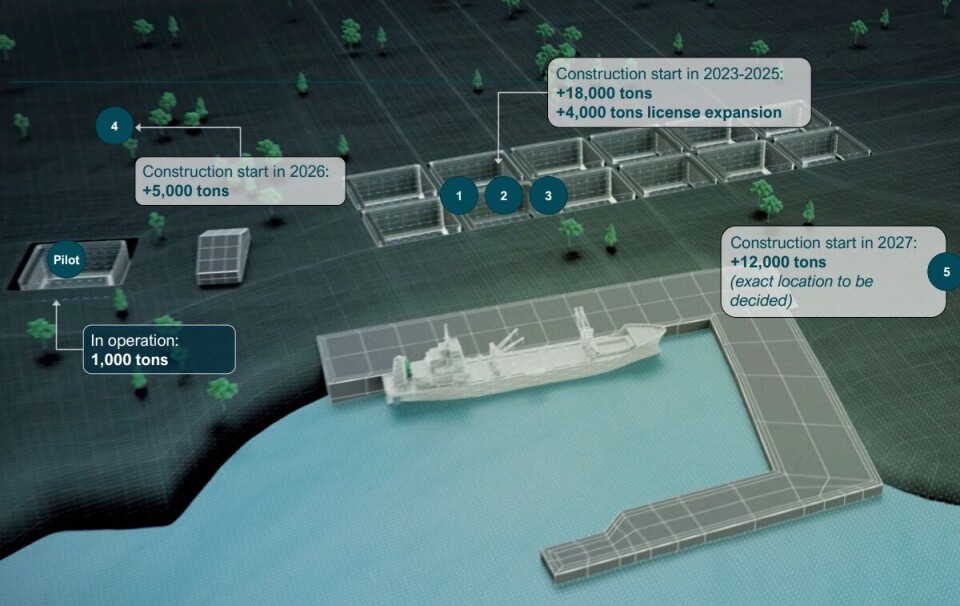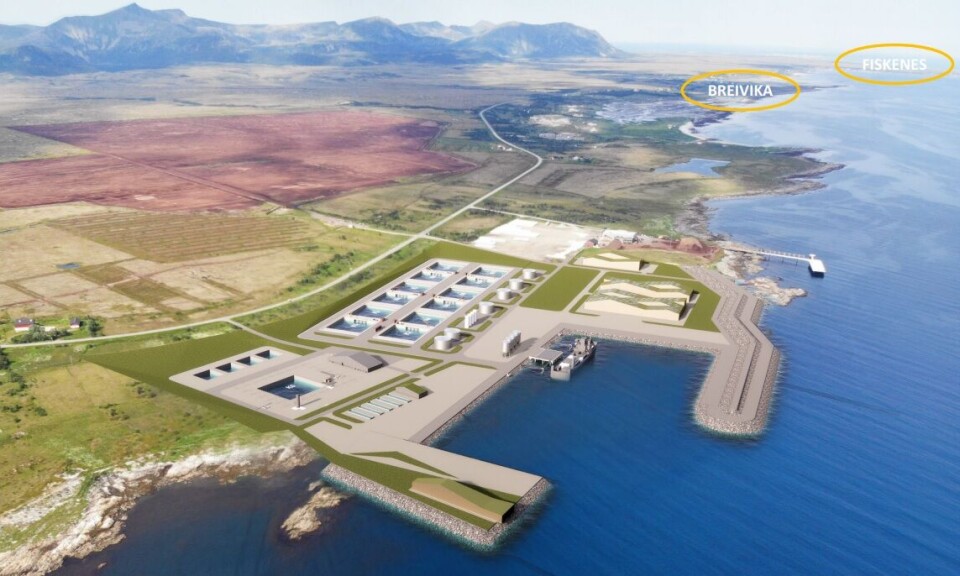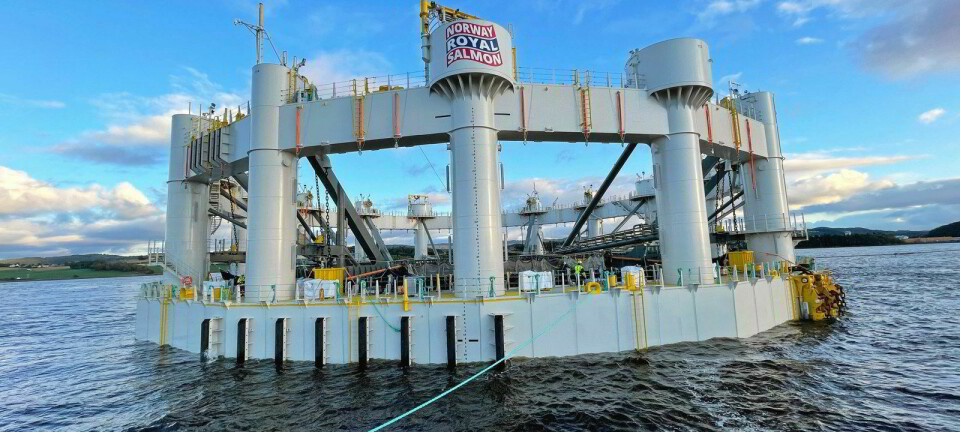
Land-based salmon farmer secures £51.6m loan for expansion
Norwegian company plans 40,000 gwt by 2030 and 90,000 gwt overall
Land-based fish farmer Andfjord Salmon today announced that it had secured a NOK 700 million (£51.6m) loan for expansion of its facility at Kvlanes on the east coast of the island of Andøya, western Norway.
It currently has one large flow-through pool at Kvalnes which it has been using as proof of concept and aims to increase capacity at the site to 40,000 gutted weight tonnes by 2030.
“Our plan has always been to utilise the first pool to prove the value of our flow-through technology and the excellent biological performance it enables, before financing and progressing with the next build-out stage. We are very excited to deliver on this strategy,” said chief executive Martin Rasmussen in a press release.
97.8% survival
The company today updated capital markets about its expansion plans following what it said was a successful first production cycle with good fish welfare and health, strong growth, low energy consumption of 1 kwh/kg salmon produced, a survival rate of 97.8% and accumulated feed conversion ratio of 0.96.
The first harvest of up to approximately 700 gwt will be conducted within the next two or three weeks.
The new production capacity will gradually be added between 2025 and 2030, with 8,000 gwt of production capacity expected to be added as early as 2025.
For the build-out to 40,000 tonnes at Kvalnes, Andfjord Salmon is targeting a blended capital expenditure of NOK 114 per kg (including substantial buffers) and operating expenditure of NOK 40 per kilo salmon produced (including depreciation).

The company said its two other locations, Breivik and Fiskenes, which are north of Kvalnes on Andøya, represent additional potential production capacity estimated to 50,000 tonnes combined. Considerable preparatory work has been conducted to this end.
SpareBank 1 Nord-Norge and bank alliance partners have committed to lending Andfjord Salmon NOK 700m for the construction of the next expansion step at Kvalnes. The margin on the bank loan is set to 3.9% + NIBOR.
The bank loan includes a 24-month amortisation holiday following the estimated start of production. Andfjord Salmon’s current outstanding NOK ~75m bank loan will also be refinanced and replaced.
The loan agreement will include an allowance for a financial lease facility to fund equipment of up to NOK 125m. Financing of working capital is also separately included in the debt package and is intended to be sized and timed in accordance with the next production cycle.
A major step
“The bank financing represents a major step in the further expansion of Andfjord Salmon and is based on excellent biological and operational results from our first pool. We are delighted to have secured such competitive financing,” said Rasmussen.
In the upcoming construction stage, the company is planning to establish major infrastructure such as waterways and port area to support 40,000 tonnes of production at Kvalnes.
Together with construction partners Hæhre Kruse-Smith and Cflow, a budget of NOK 1.3 billion plus a buffer of NOK 350m has been estimated for the next two years.
Key contracts
Andfjord Salmon said it is currently finalising key construction contracts and is maintaining flexibility in terms of timing and further refinement of the capital structure.
The company said key shareholders Jeronimo Martins, a multinational food distribution major, and Eidsfjord Sjøfarm, a conventional salmon farmer, have signalled their intention to significantly increase ownership and are expected to cover the majority of a potential equity component.
All future expansions (from 8,000 tonnes and upwards) are expected to be financed by a combination of debt and cash flow.






















































